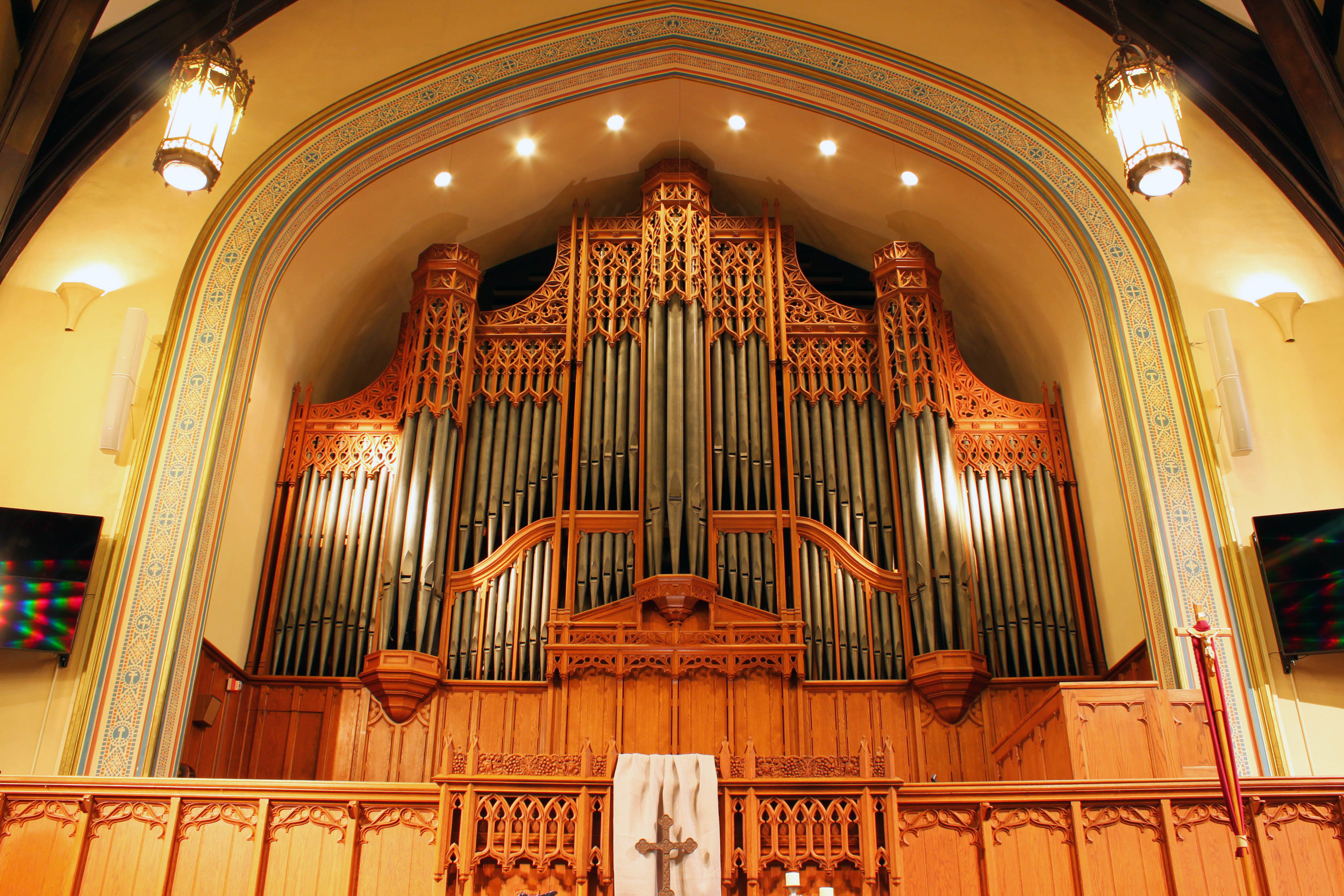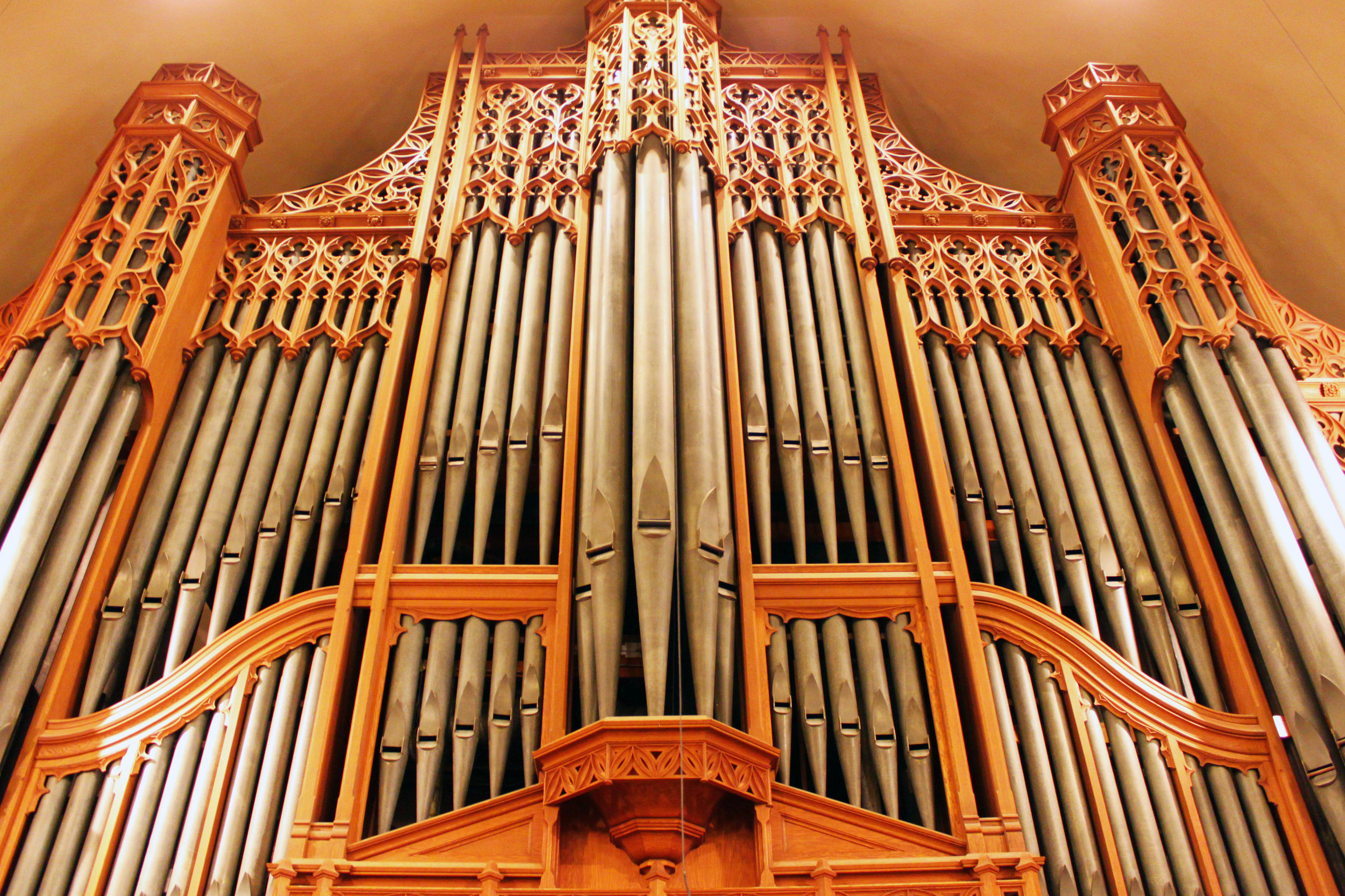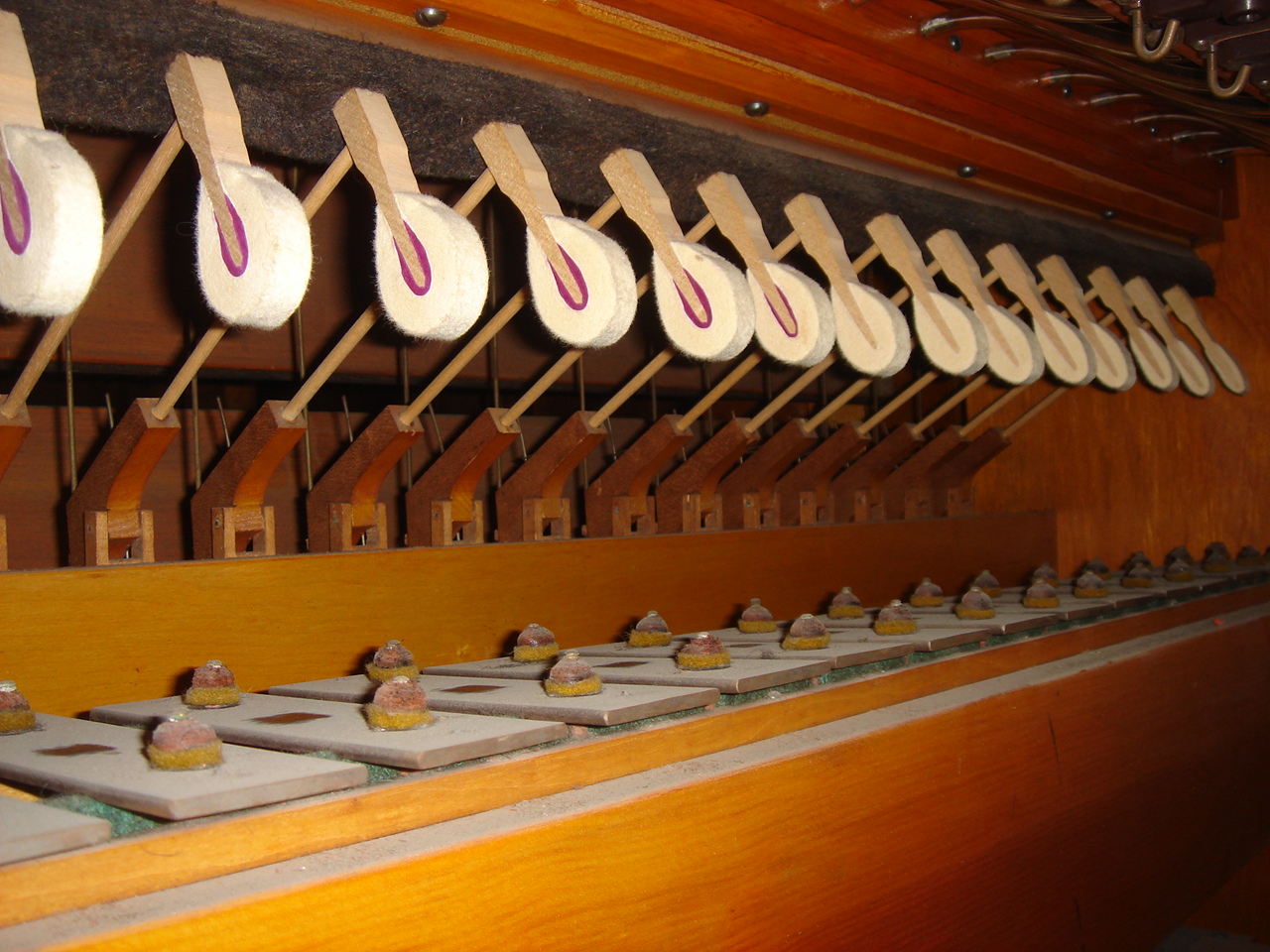THE SKINNER PIPE ORGAN AT MISSOURI UMC





Among the largest and finest organs in the Midwest, the historic E.M. Skinner instrument was installed when the church was built in 1930. In its nearly 100 years of service, the organ has led the congregation in song each Sunday morning, accompanied choirs, orchestras, soloists and brides, and attracted famous organists to present concerts. The organ has been a source of comfort in memorial services, as well as delight with new births. It is difficult to imagine celebrating the season of Christmas, the mystery and sorrow of Lent and Holy Week, and the joy of Resurrection each Easter Sunday without the magnificent sound of the pipe organ.
Ernest M. Skinner (1866-1960)
The most influential American organ-builder in the early 1900s, E.M. Skinner started out sweeping the floors in the Ryder Organ Company shop after dropping out of school. He quickly learned the art of designing and constructing pipe organs, and after visiting England and France in 1898 to see and hear famous instruments, he started his own Boston firm in 1901. His attention to quality, detail, and fine workmanship, along with many innovations and refinements led to widespread fame. Skinner organs became known as “symphonic” or “orchestral” because of the many stops designed to imitate musical instruments. The sound was described as romantic, lush, smooth, and very different from European organs. Orders from churches, colleges, theaters, municipal auditoriums and even private residences continued to grow and the Skinner Organ Company eventually employed over 200 people.
The MUMC organ (Opus 750) was ordered in 1928 at an approximate cost of $31,000. After the stock market crash and the onset of the Great Depression, many organ-builders scaled back or went out of business. Skinner merged with the Aeolian Organ Firm, and in 1932, the Aeolian-Skinner Company began to produce organs. Unfortunately, E.M. Skinner’s business skills never matched his mechanical and musical genius and he was forced out. In 1937, he attempted a comeback, and with his son contracted to build a large organ for the National Cathedral in Washington, D.C. This organ has been modified over the years but still retains some of the Skinner sound. E.M. Skinner built nearly 800 pipe organs between 1901 and 1942. Notable Skinner organ installations include Woolsey Hall at Yale University, Severance Hall in Cleveland, and the Cathedral of St. John the Divine in New York City.
Aeolian-Skinner (1932-1971)
The Aeolian-Skinner Company (Boston), under the direction of G. Donald Harrison, developed a sound and style of organ-building known as “American Classic”. Instead of a warm, orchestral sound, the goal was to add brightness and clarity to enable organists to play more types of music. The Skinner sound was criticized as inadequate for the proper interpretation of Bach and other composers, and consequently many original organs were revoiced (rebuilt or modified). In 1956, the organ console was becoming unreliable, so Aeolian-Skinner was contracted to clean, repair and enlarge the organ. Seven ranks (sets of pipes) were added and some of the original Skinner stops were altered by reworking the pipes. The cost was $31,450. With the modifications, the organ was now able to produce both orchestral sounds and tones reminiscent of great European instruments. Aeolian-Skinner built over 700 organs, including Riverside Church (NYC), the Mormon Tabernacle (Salt Lake City), and Grace Cathedral (San Francisco).
Kavanaugh Pipe Organs (Columbia, Missouri)
Since 1957, no other changes have been made to the Missouri United Methodist Church organ’s sound except for the addition of 12 electronic pedal notes and a Zimbelstern (a rotating set of bells often heard with Christmas music), which was installed in 1996 to honor Organist Emeritus, Perry Parrigin. During the 1995 building renovation, the organ console (where the organist plays) was suffering from age and mechanical problems. The congregation decided to purchase a new one instead of restoring the old. Kenneth Kavanaugh, who has been tuning, repairing, and maintaining the organ since 1967, designed and installed the new movable console (built by R.A. Colby, Inc., Johnson City, TN). It is larger and more ornate than the original, and includes modern computerized controls.
The MUMC organ contains many unique, patented Skinner orchestral voices that have never been duplicated by other builders. The instrument - through its wide variety of pipes (the largest being 16 feet tall, the smallest the size of a pencil), controlled by four manuals (keyboards) and a full pedalboard, in a historic setting with wonderful acoustics - will continue to serve the congregation and the community for generations to come!